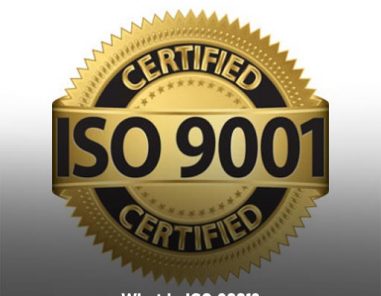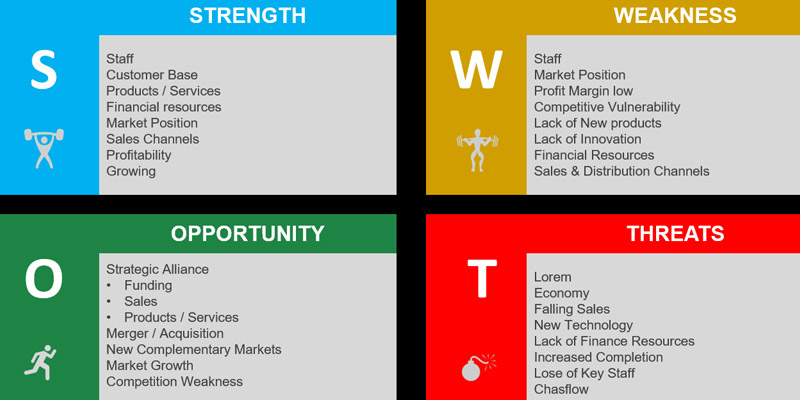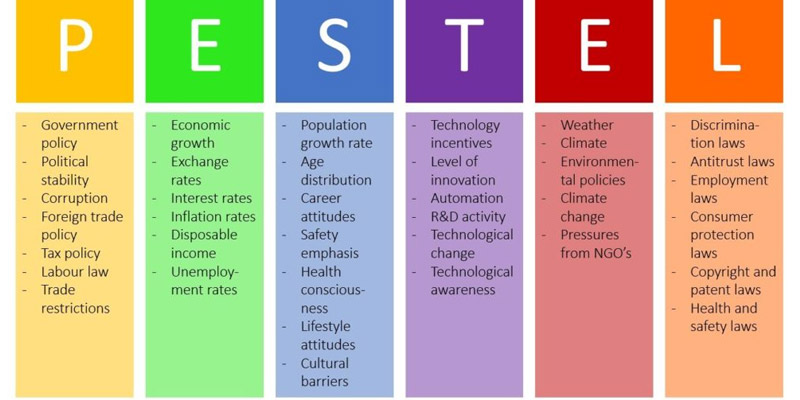
What is ISO 9001? Definition of Quality Management System
The ISO 9001 standard is the leading standard for quality management. The ISO...
Read MoreDissecting the internal and external issues of an organisation helps to understand its context. Understanding the context is a common clause across all ISO standards aligned with the SL Annex framework, including ISO 9001:2015 and ISO 14001:2015. Only by determining the external and internal issues that are relevant to an organisation can a Quality Management System (QMS) achieve its intended outcomes.
In this article, we want to answer the question: What are the internal and external issues in ISO 9001? You can find answers to your questions about ISO by using ISO consulting services in Australia.

A tree cannot grow without strong roots! Similarly, identifying the internal and external issues that impact an organisation is helpful in gaining a better awareness about the company, why it operates the way it does and why it provides the products/services that it offers. Traditionally, many organisations map out their internal and external issues in an informal manner, either in a business plan, or a strategy or simply in management meetings.
However, the lack of structure in mapping these issues creates stagnancy and shallowness in the management system. This is the reason why the requirements of ISO 9001 urge organisations to document their internal and external issues so that they can be shared, reviewed, modified and updated.
Here, it is important to note that issues should not be considered “negative” or problematic. “Issue” is a term simply used to refer to elements that should be considered in a management system. Examples of common issues in a quality management system include sourcing, financing, marketing, operations, economics, legislation, government policy, competition and so on and so forth. The following article discusses the external and internal issues relevant to ISO 9001.

When attempting to identify the internal issues relevant for a business, it is beneficial to start by highlighting the interested parties within your organisation. By identifying who is involved in the business, organisations can build a strong foundation of what needs to be considered in their future endeavours.
A common tactic to define the internal issues is to utilise the Strength Weakness Opportunities Threat (SWOT) analysis. To appropriately identify the strengths, a business must analyse their usage of resources and their current market position within their industry.
To identify weaknesses, the deficiencies of the market in which the organisation operates must be analysed. Similarly, opportunities can be identified by implementing changes within the current business management system. These opportunities can be new areas of growth or methods through which the quality of services or products can be improved.
Generally, these improvements can be made available to an organisation by changing the resources or focus within the business. Lastly, by analysing the circumstances that have the potential to negatively impact a business, all eminent threats can be identified. In addition to ISO 9001, obtaining ISO 27001 certification is also one of the goals of many businesses. For more information, we recommend reading the what are the 10 clauses of iso 27001 article.

When attempting to identify the external issues with respect to ISO 9001, a SWOT analysis becomes unidimensional. The recommended practice to identify external issues is to create a “Political, Economic, Social, Technological, Legal, Environmental” (PESTLE) analysis. For more information, we suggest you read the ISO 9001 audit checklist article.
Under the political segment, any changes in laws that could have an effect on an organisation should be considered. This includes any potential political turmoil that might have an impact on the businesses’ demand, or their ability to provide the services to their clients. Examples include changes in tax that could impact the probability of the businesses or the implementation of any trade restrictions.
Under the economic section, any changes that might impact the spending power of clients, including the addition of new competitors should be considered. This includes increases in unemployment rates, inflation, and fluctuation in interest rates that could impact a business. Similarly, if a business works with international clients/suppliers, exchange rates should also be considered.
Under the social section, any changes in the demographics of the target audience that could negatively impact a business should be considered. Examples of social issues include population growth, age distribution, lifestyle, changes in attitude, or any cultural barriers.
Under the technological segment, any changes in technology that could impact the operational processes or the demand for an organisation’s services should be considered. Examples include changes in the, technical innovations, changes in the level of automation within the industry, technological availability and awareness of clients.
Under the legal segment, any changes in the law that would change the way in which a business operates should be considered. Examples include discrimination laws, employment laws, consumer protection laws or health and safety laws.
Under the environmental section, any changes in the environment in which the business operates should be considered. In this section, the consideration of environmental laws should be supplemented with analysing the availability of raw materials, consumer buying patterns and corporate social responsibility.
Once the SWOT and PESTLE analysis have been conducted, an organisation would have a better picture of their internal and external issues. As business leaders, it is necessary to have the foresight to see where the business is heading. Here, the ISO 9001 recommends to identify the importance of each internal and external issues to prioritise efforts in accordance. Additionally, the creation of quality objectives would help the business ensure that they were continuously striving to mitigate the risk management in ISO 9001, and simultaneously seizing opportunities.
ISO certification gives your organisation a competitive edge. By helping you increase operational efficiency and overall product consistency, your business credibility and authority will soar to new heights.

Copyright © 2025 The ISO Council | Privacy Policy